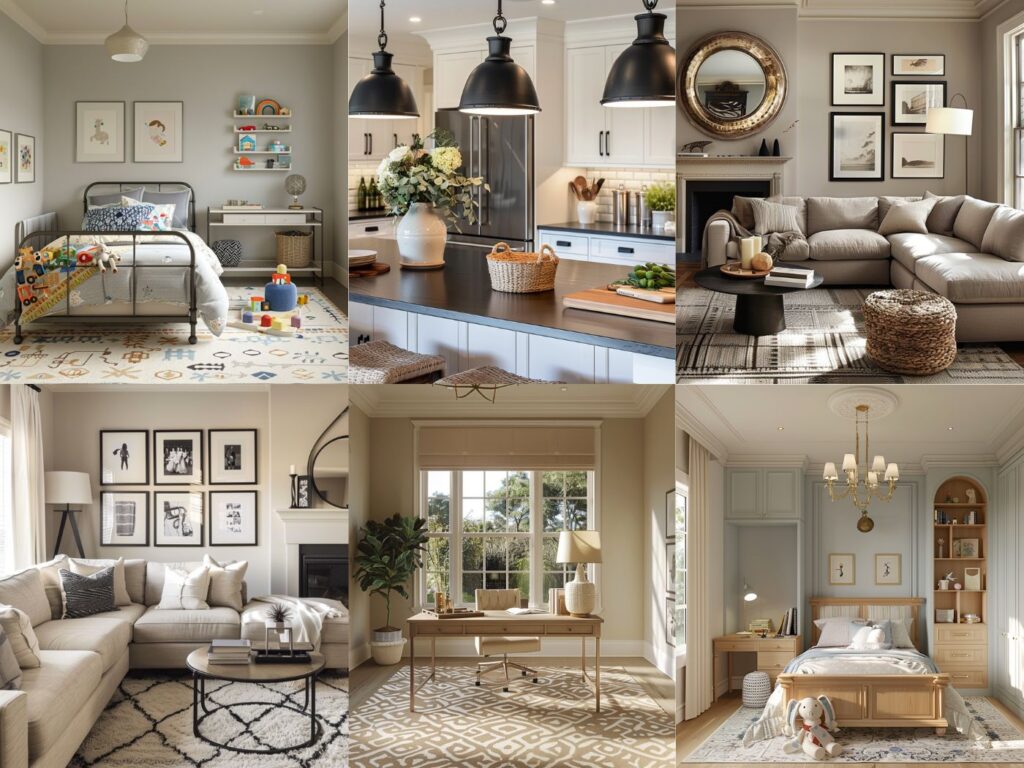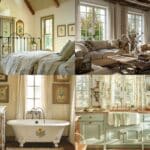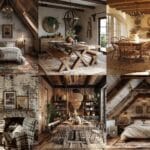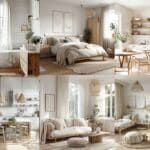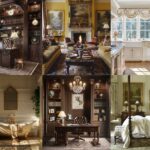Struggling to find the perfect balance between classic elegance and modern simplicity in your home? Transitional interior design may well be just what you’re looking for. This design style effortlessly blends traditional and contemporary elements, creating a harmonious and timeless look that appeals to a wide range of tastes.
Imagine a space where clean lines meet rich textures, where comfort doesn’t sacrifice style. Whether you’re updating a single room or revamping your entire home, transitional design offers the flexibility to incorporate your favorite pieces while maintaining a cohesive and sophisticated aesthetic.
Ready to transform your living space into a haven of understated elegance? Let’s explore the key principles and tips to achieve the perfect transitional interior.
23 Transitional Interior Design Ideas And Styles
#1. Transitional Living Room Interior Idea
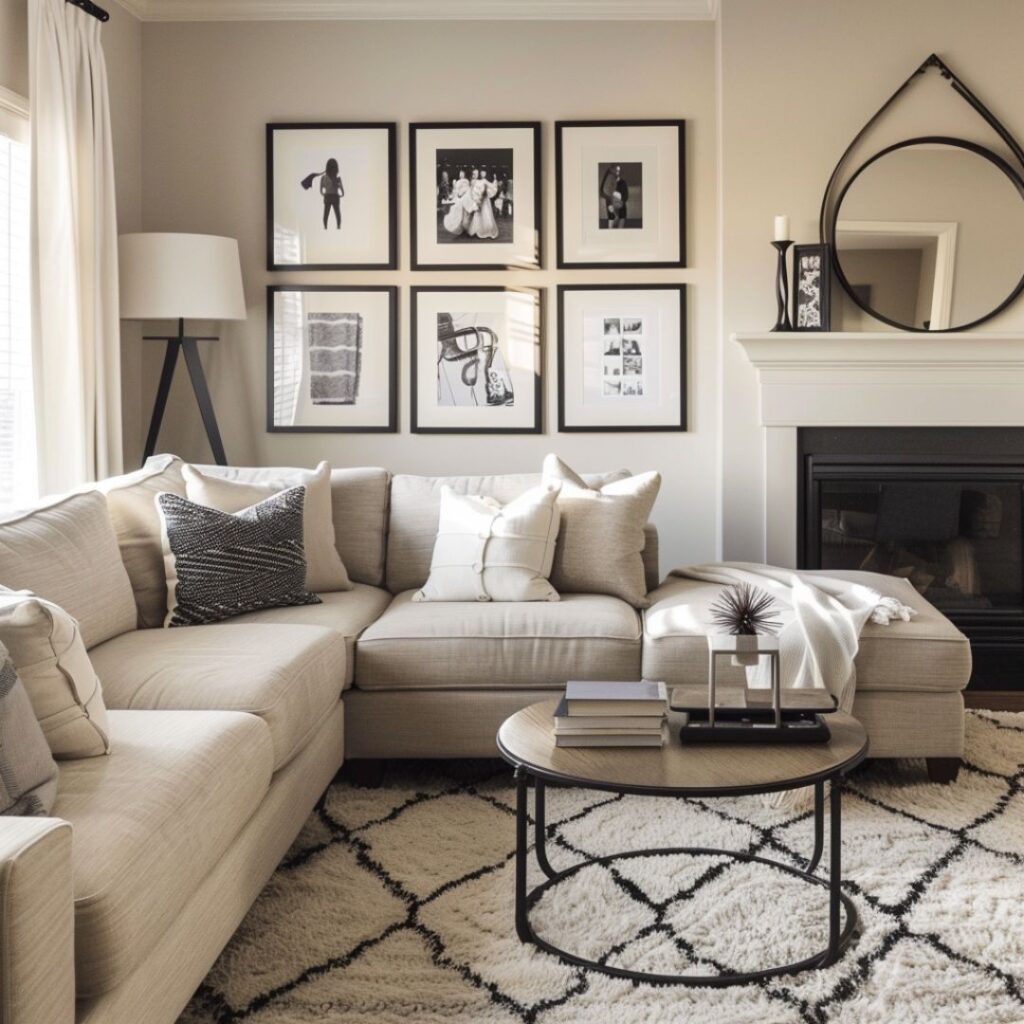
#2. Transitional Living Room Interior Design

#3. Transitional Kitchen Interior Idea

#4. Transitional Kitchen Interior Design
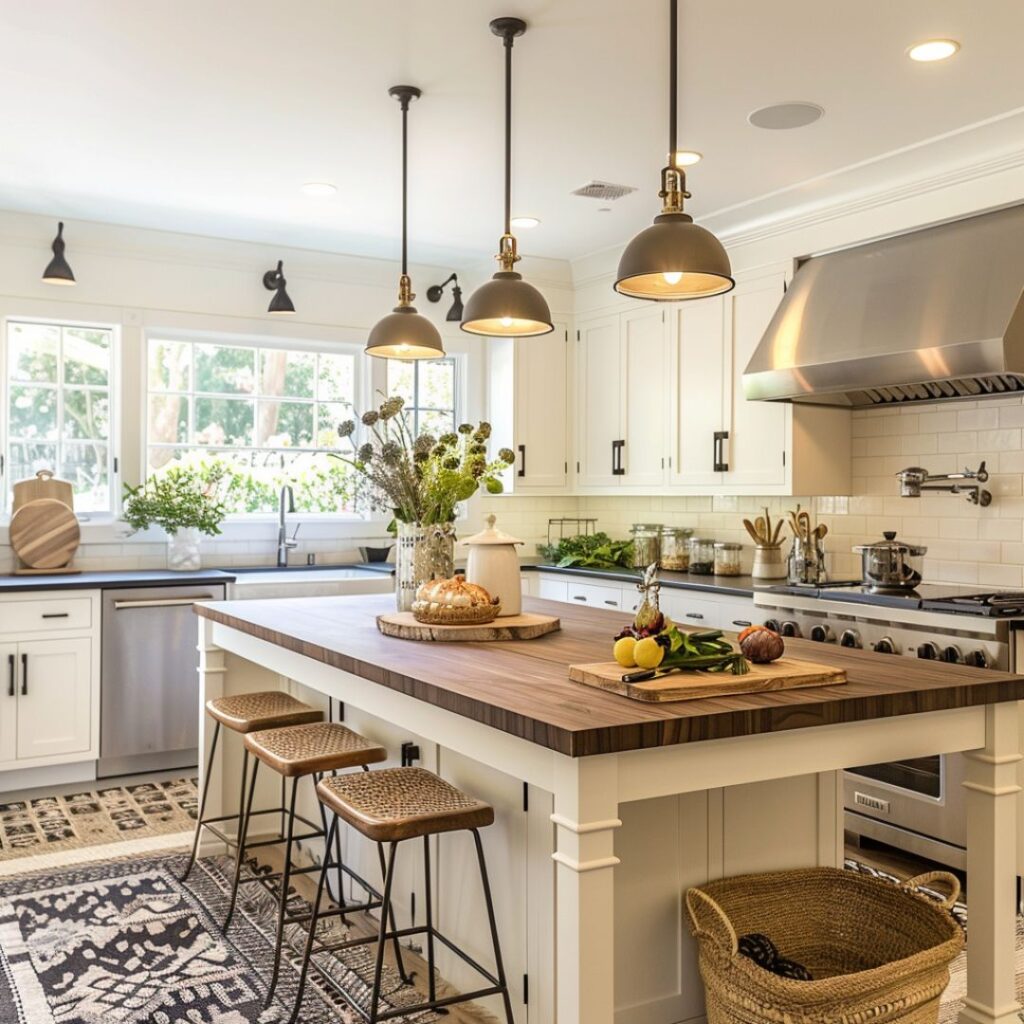
#5. Transitional Kitchen Idea
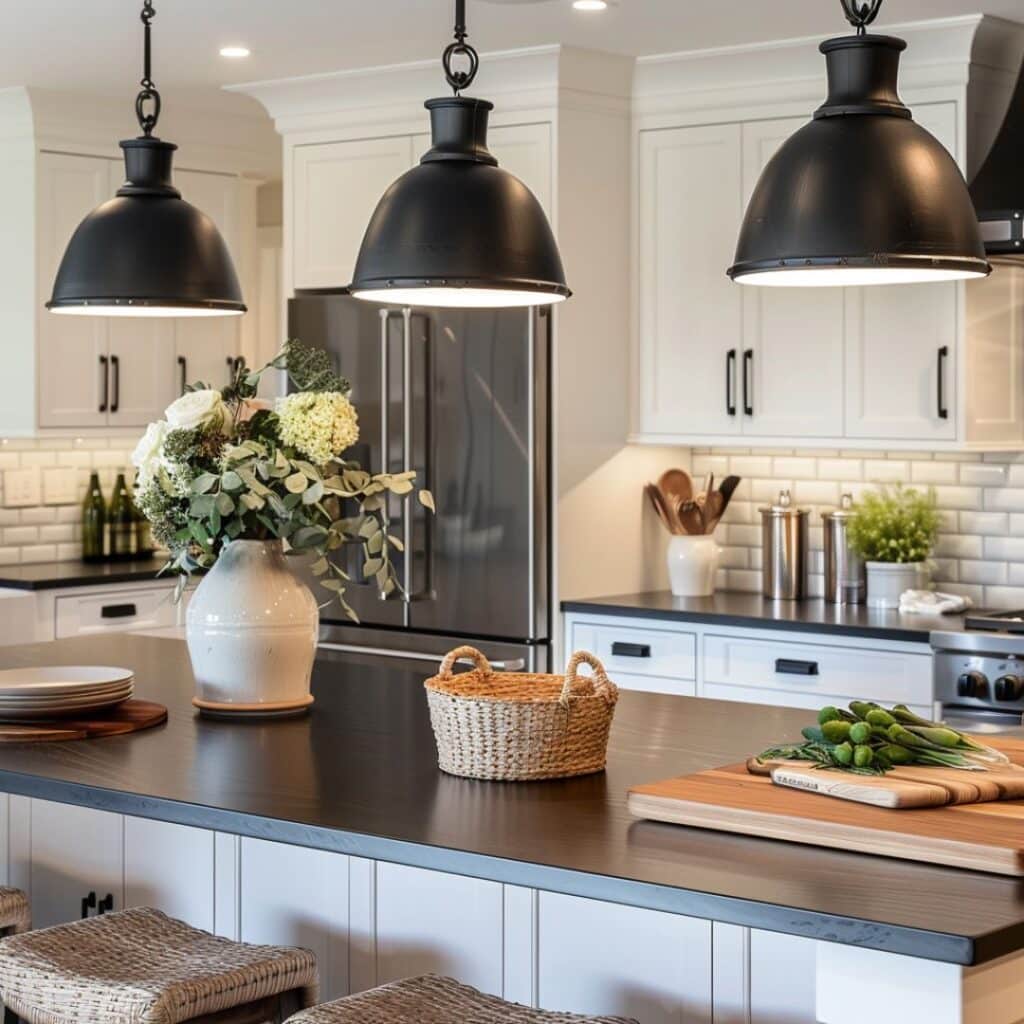
#6. Transitional Kitchen Design

#7. Transitional Kids Room
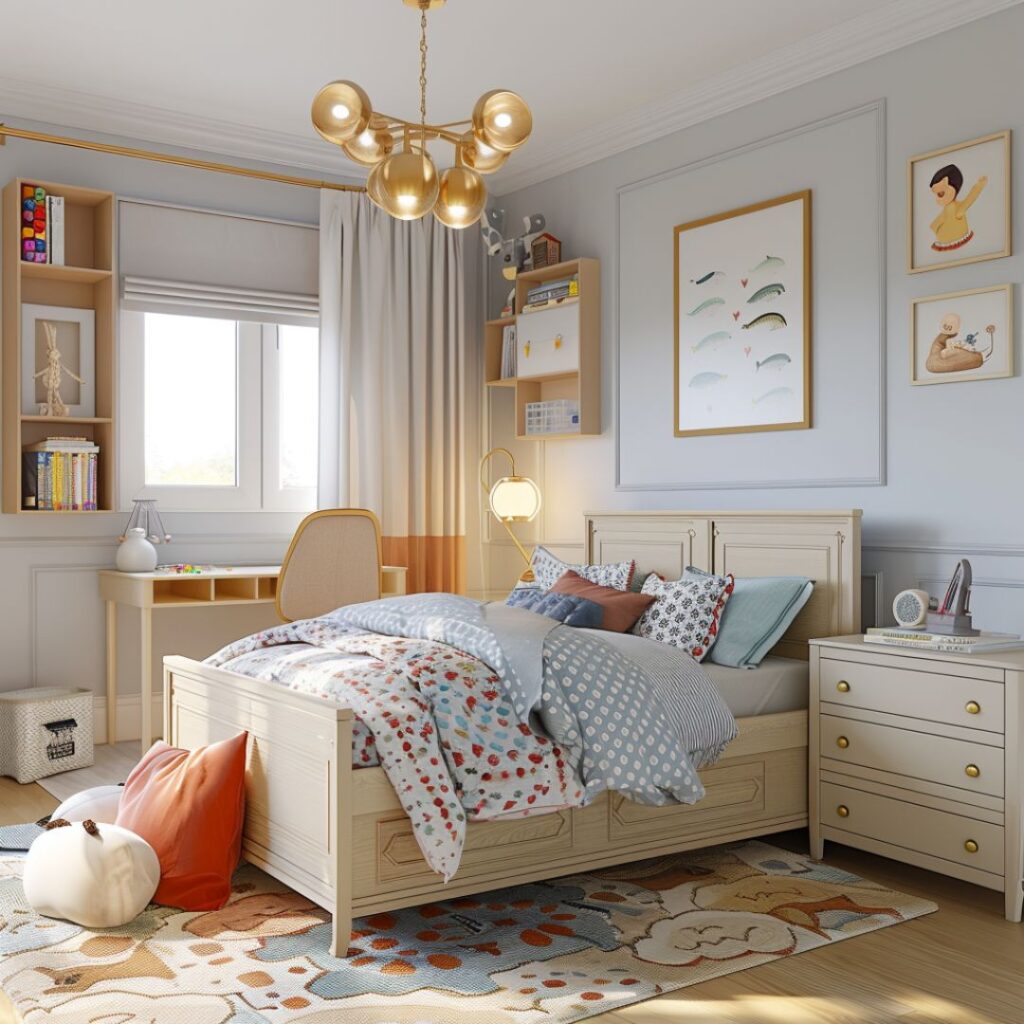
#8. Transitional Kids Room Style

#9. Transitional Kids Room Shelf

#10. Transitional Kids Room Pictures

#11. Transitional Kids Room Lamp

#12. Transitional Kids Room Chairs

#13. Transitional Kids Room Carpet
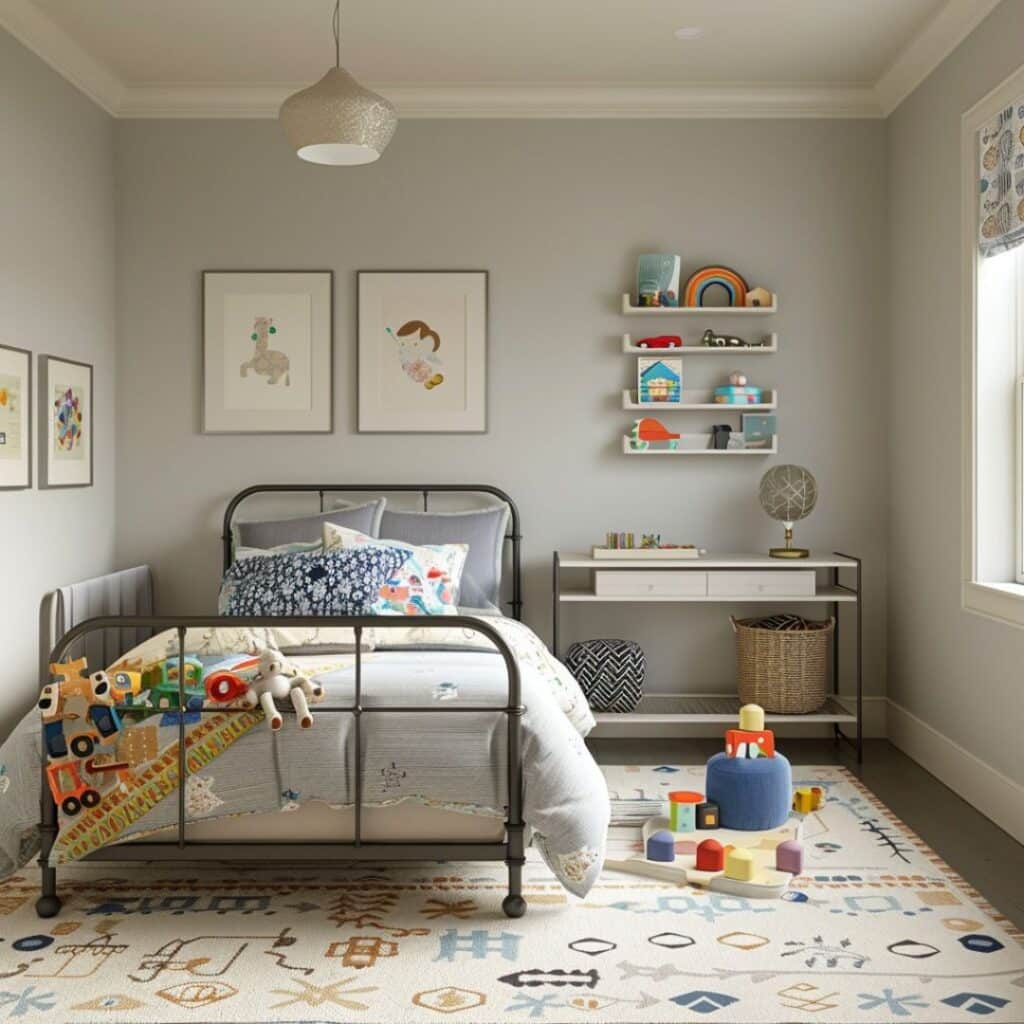
#14. Transitional Kids Room Bed
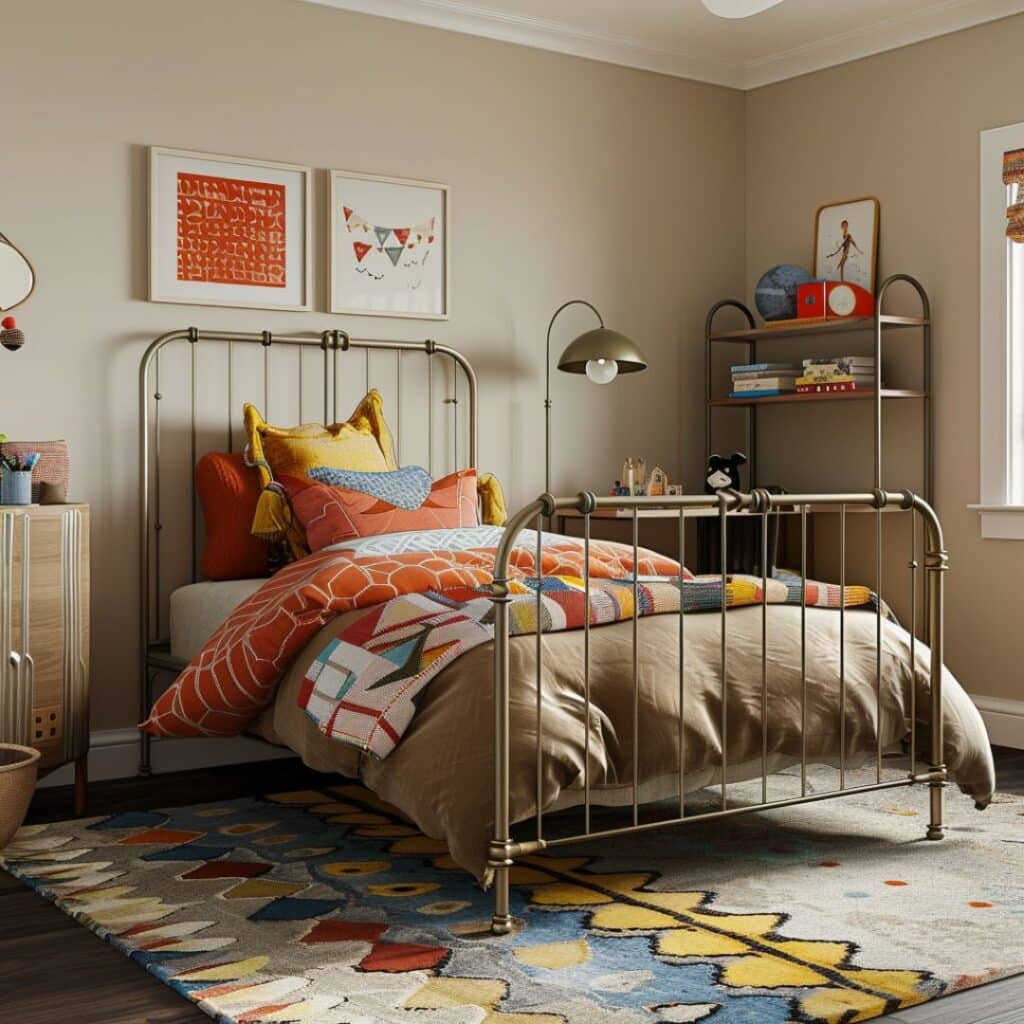
#15. Transitional Home Office
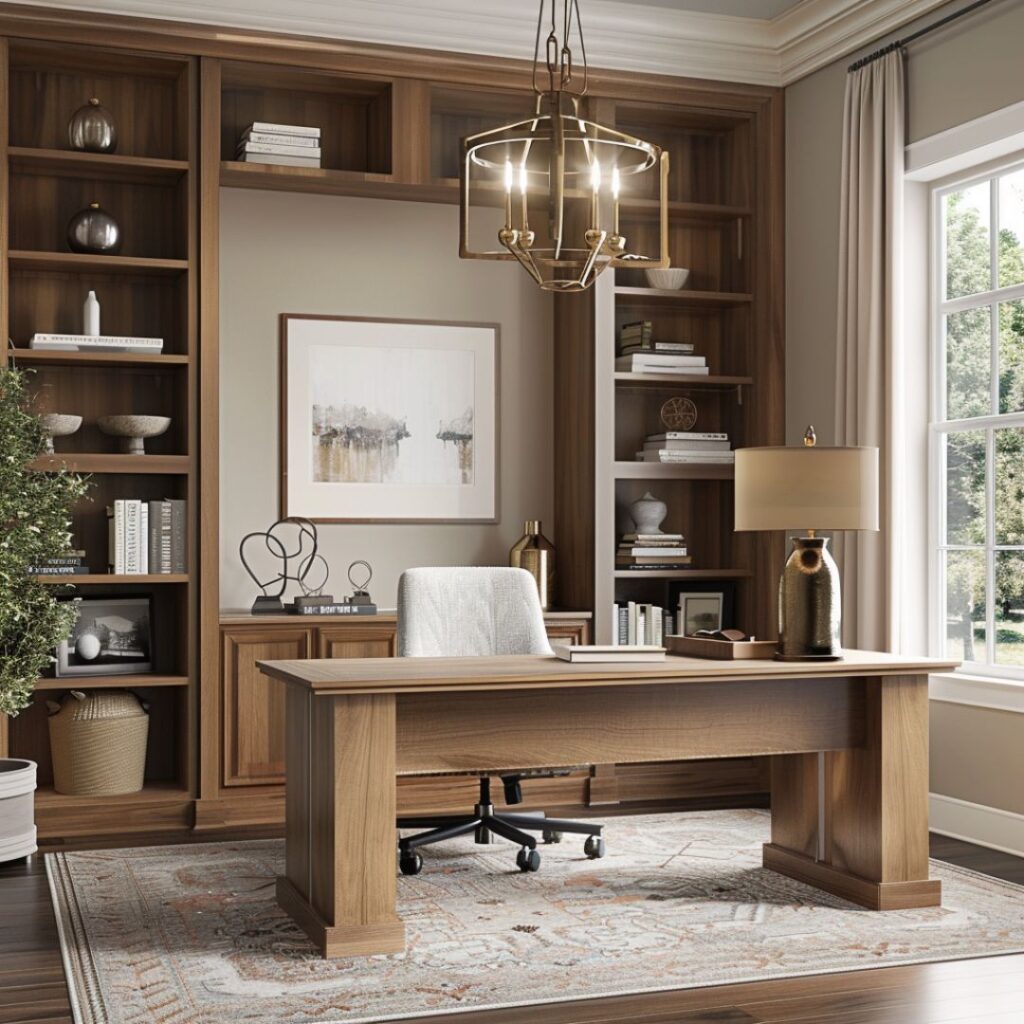
#16. Transitional Home Office Window
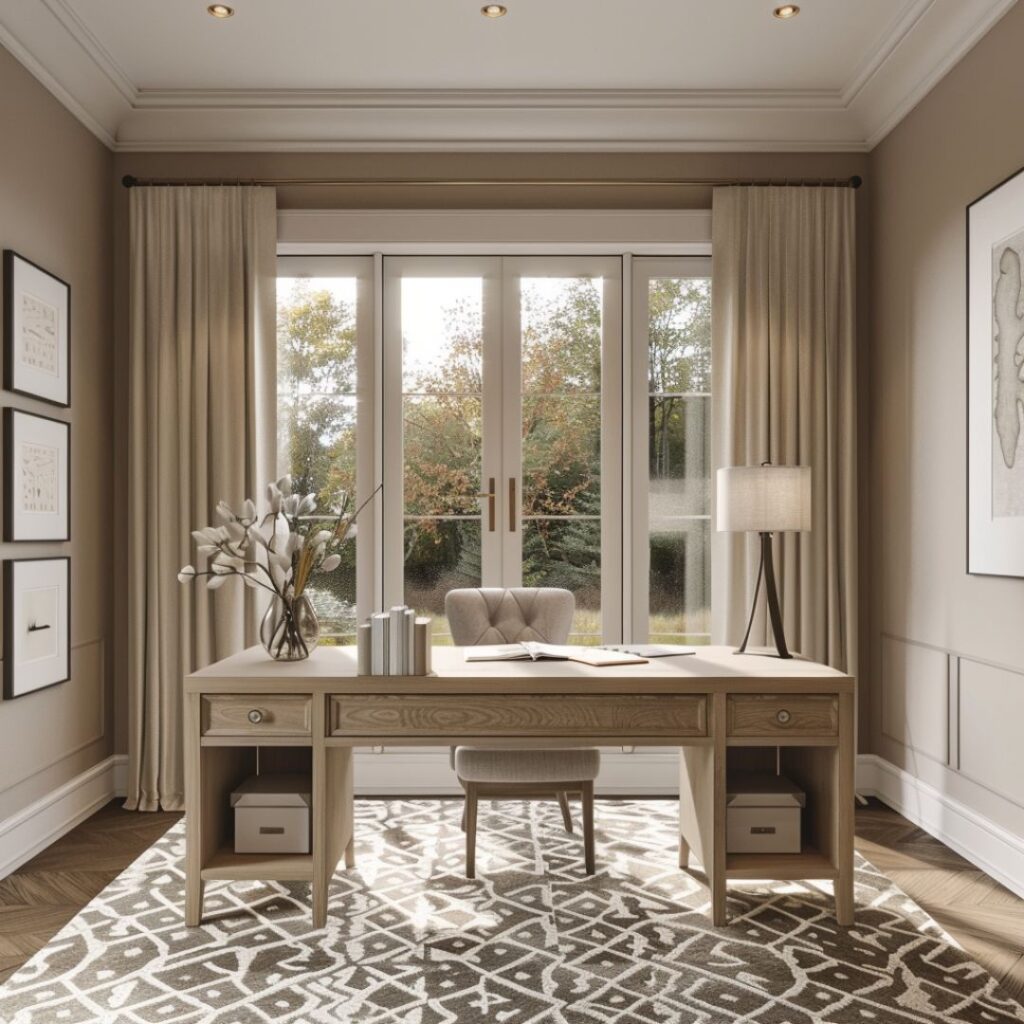
#17. Transitional Home Office Indoor Plants
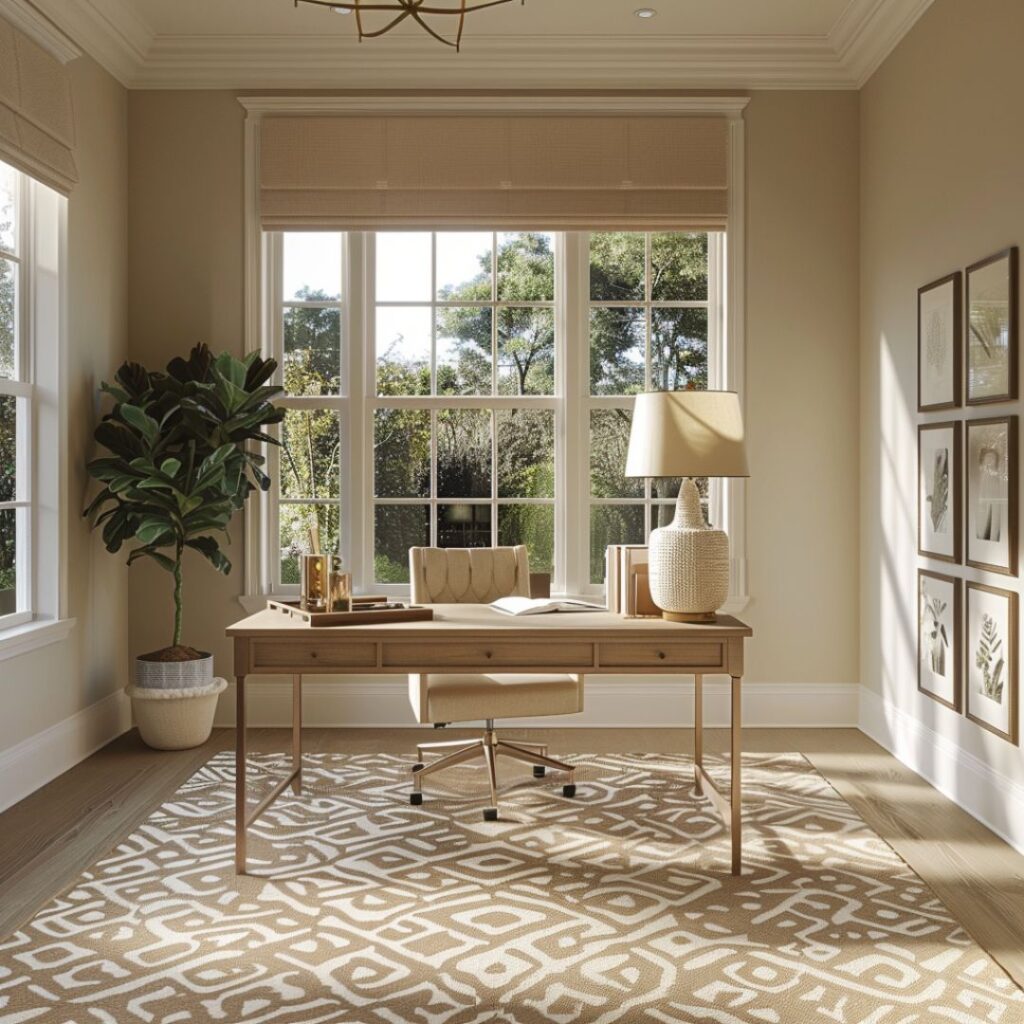
#18. Transitional Home Office Desk
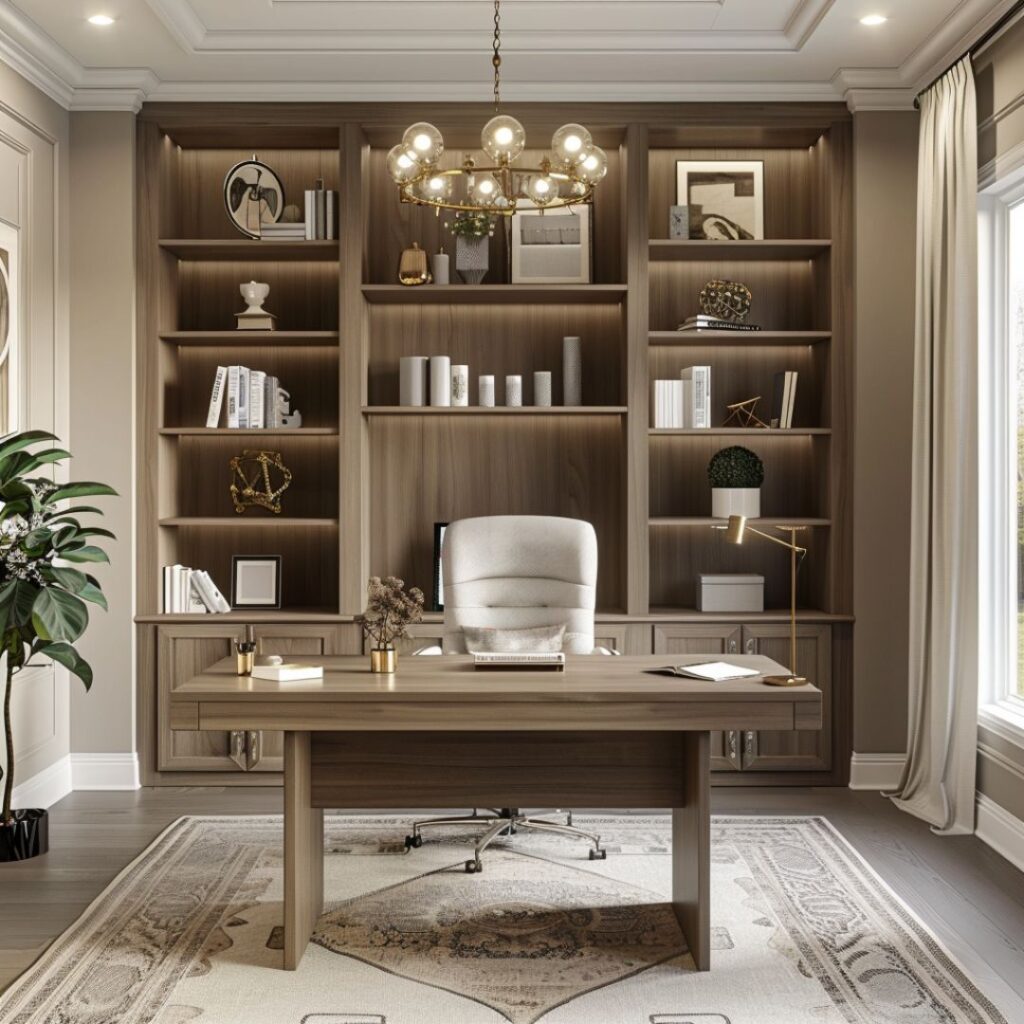
#19. Transitional Home Office Chair
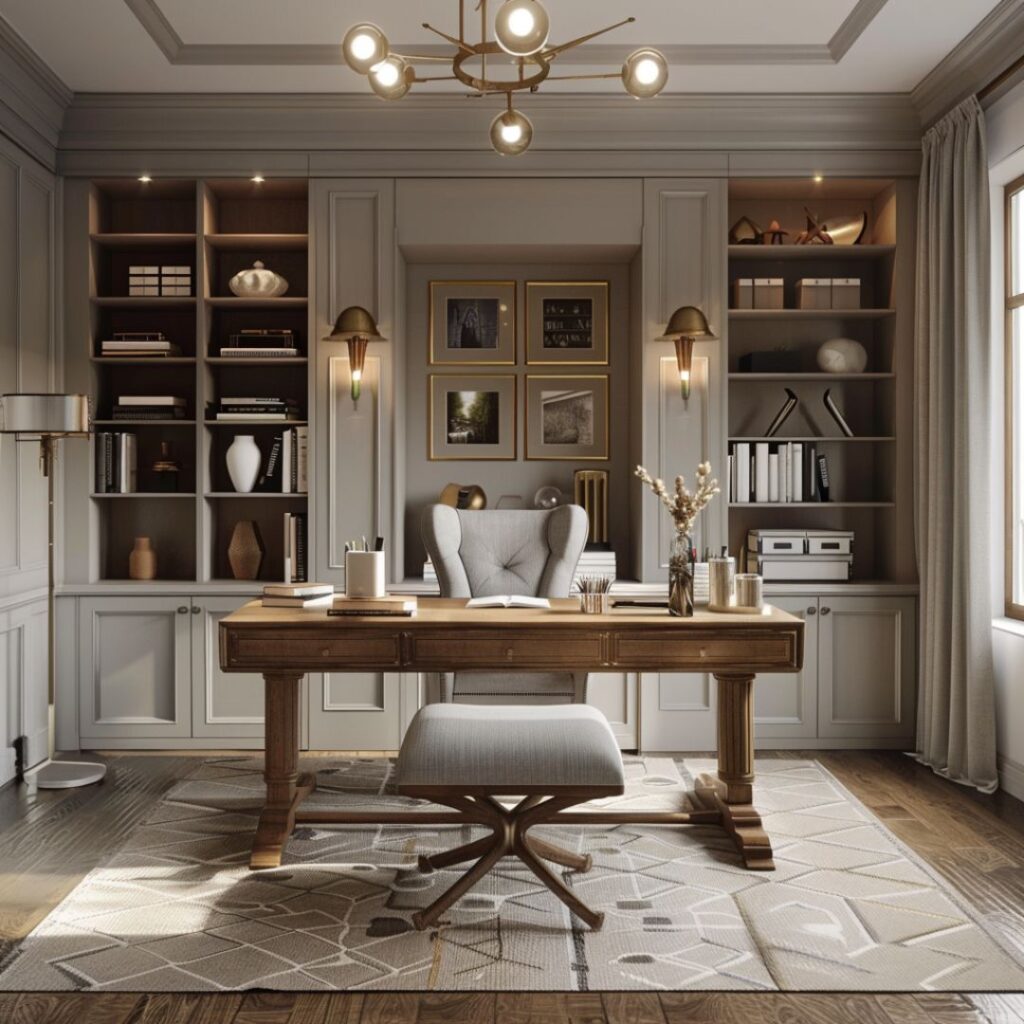
#20. Transitional Home Office Bookcase

#21. Transitional Bedroom Interior Idea
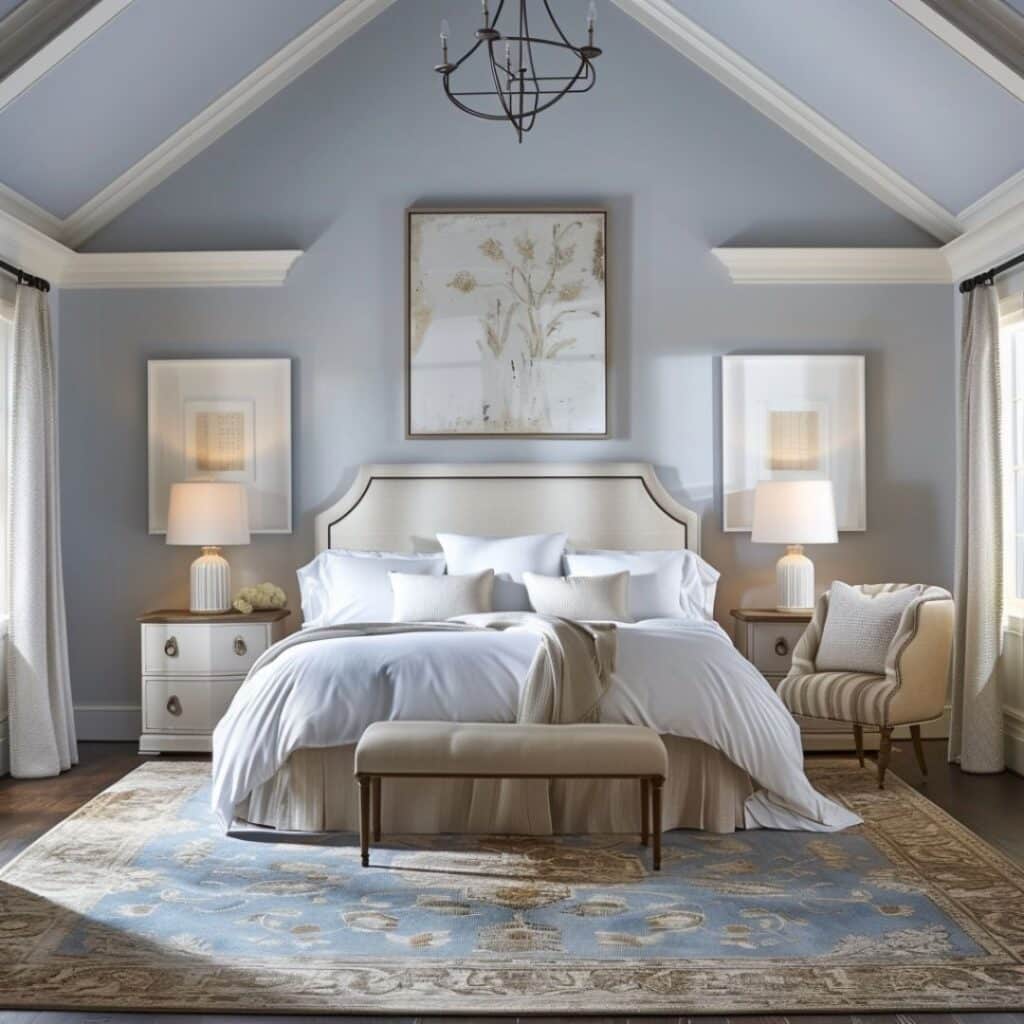
#22. Transitional Bedroom Interior Design
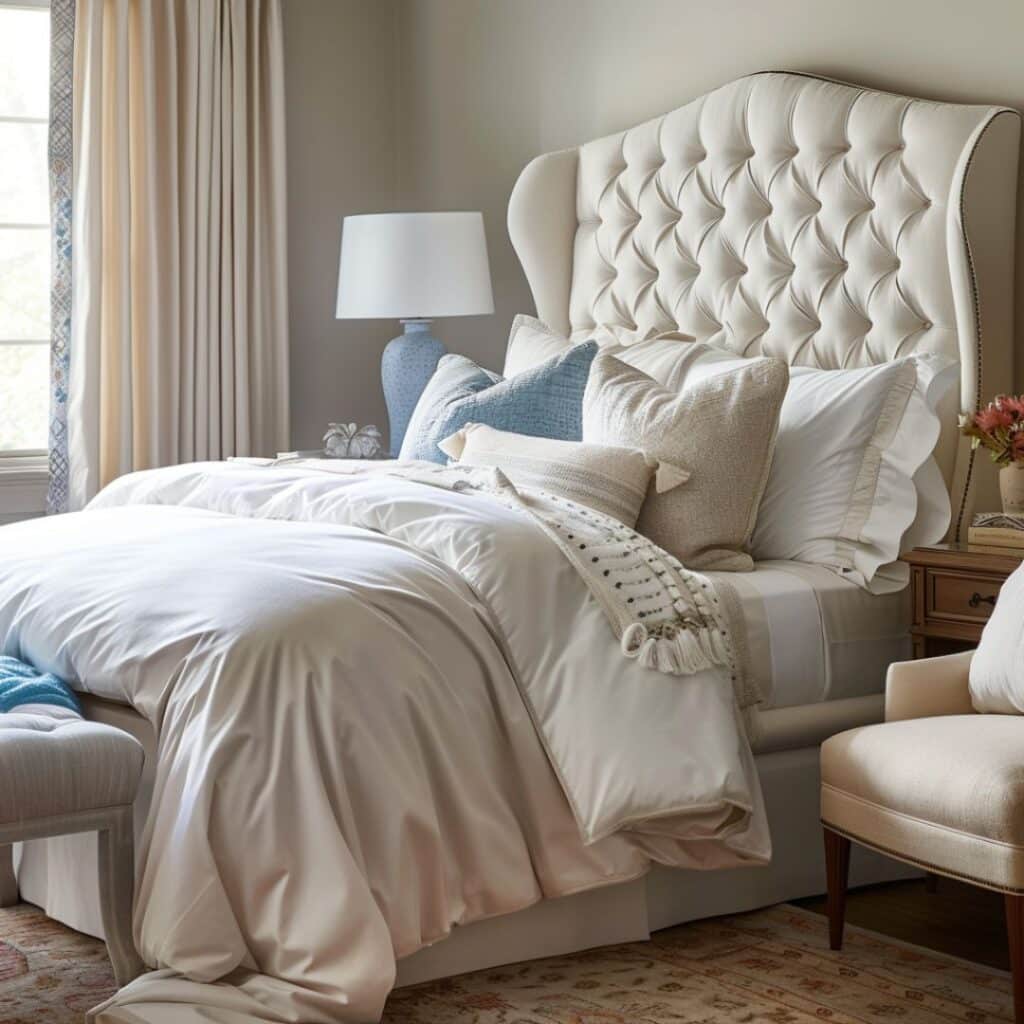
#23. Simple Transitional Home Office
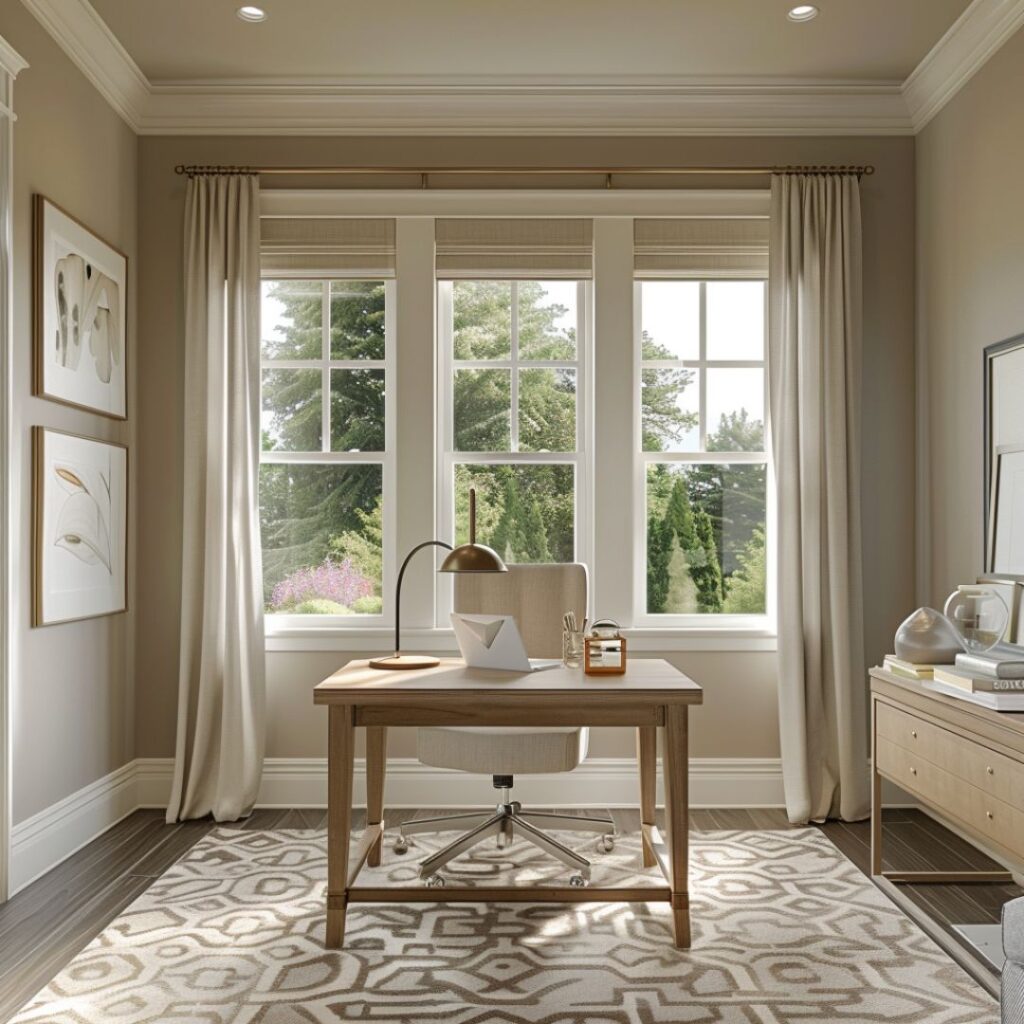
What Is Transitional Interior Design?
Transitional interior design blends traditional and contemporary elements. This style achieves a balanced and timeless aesthetic.
Defining the Fusion of Classic and Contemporary
Transitional design combines the warmth of traditional styles with the clean lines of contemporary decor. Traditional aspects include ornate furniture and rich textures, while contemporary features focus on simplicity and minimalism. Combining these creates a harmonious and versatile space.
Key Elements of Transitional Design
Several elements define transitional interior design:
- Neutral Color Palette: Use of neutral shades such as beiges, grays, and whites creates an elegant backdrop. These colors allow the blending of traditional and contemporary pieces seamlessly.
- Simple Lines and Shapes: Incorporate furniture with clean lines to balance classic ornate designs. Modern pieces should be simple yet functional.
- Minimal Ornamentation: Keep decorative elements understated. Select a few standout items rather than cluttering the space with too many decorations.
- Mixed Textures: Combine various textures like wood, metal, and fabric. This adds depth and interest without overwhelming the space.
- Balanced Scale: Ensure that furniture and decor items are proportionate, creating a cohesive look without overshadowing individual elements.
By integrating these key elements, transitional interior design achieves a cohesive and sophisticated ambiance, making your space both inviting and contemporary.
Colors and Textures in Transitional Design
Transitional interior design balances traditional and contemporary aesthetics with careful selection of colors and textures. Here’s how these elements work together, bridging the gap between contemporary and traditional interior design.
Neutral Palettes and Their Impact
Neutral palettes form the foundation of transitional design. Shades like beige, gray, white, and taupe dominate. These colors evoke a sense of calm and sophistication while providing a versatile backdrop. They allow for easy integration of both modern and classic elements.
The Role of Texture in Creating Comfort
Textures add depth and interest to neutral colors. Upholstered furniture, wooden surfaces, metal accents, and soft textiles create a layered, inviting ambiance. Mixing and matching materials, such as combining a glass coffee table with a plush rug, enhances the tactile experience. This varied textural combination contributes to a cozy yet refined space.
Furniture Choices for a Transitional Space
Transitional furniture seamlessly combines traditional and contemporary elements. This style offers versatility and sophistication.
Selecting Transitional Furniture Pieces
Choose furniture with clean lines and classic details. Opt for items like upholstered sofas with straight arms and wooden coffee tables with simple finishes. Incorporate neutral fabrics and rich textures for added depth.
Balancing Modern and Traditional Styles
Mix modern and traditional pieces to create a cohesive look. Pair a sleek, modern sofa with an antique side table. Use contemporary lighting fixtures alongside vintage rugs. Aim for a harmonious blend that doesn’t overwhelm either style.
Accessories and Decor in Transitional Interiors
Transitional interiors thrive on the synergy between traditional and contemporary styles. Accessories and decor play a pivotal role in achieving this balance, offering subtle yet impactful enhancements. However, to achieve a truly cohesive look that avoids feeling cluttered, many designers turn to the principles of Minimalist interior design.
How to Accessorize for a Blended Look
Select neutral-toned accessories like rugs, throw pillows, and curtains to seamlessly merge traditional and modern elements. Choose pieces with simple designs and understated elegance. Incorporate metallic accents, such as brass or nickel, to add a touch of sophistication.
Use a mix of classic and contemporary art pieces. Hang framed artwork with clean lines next to traditional portraits or landscapes. Opt for decorative items, like vases or sculptures, made from natural materials like wood and stone for timeless appeal.
The Importance of Minimalism in Transitional Decor
Embrace minimalism to maintain a cohesive look in transitional decor. Avoid clutter by limiting accessories to key pieces that offer both functionality and decoration. Choose multi-purpose decor items like storage ottomans or decorative trays.
Keep color palettes neutral and soft. Highlight decor elements that create subtle contrasts without overpowering the space. Simplicity should be the guiding principle, allowing each piece to contribute meaningfully to the overall aesthetic.

